Is there a better way to unwind after a long week than to make this delicious Japanese Chicken Katsu Curry (カツカレー)? It is the ultimate comfort dish when you are craving a hearty meal on a cold day.
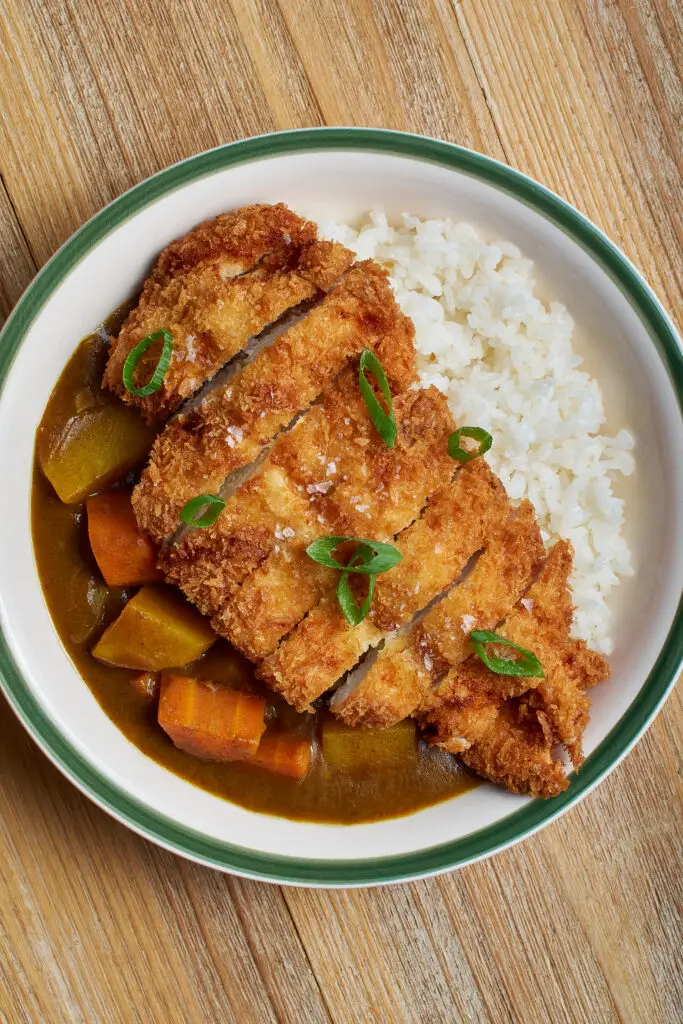
Japanese chicken katsu curry is different in consistency and flavor than other curries worldwide. The dish comes in different variants, which shows its popularity, but the creamy curry sauce varies from region to region. So, this will be a hit if you are a lover of Japanese dishes and deep-fried food.
What Is Japanese Katsu Curry?
Katsu curry (カツカレー) is popular in Japan and the UK. It is a Japanese curry served with Japanese short grain rice and topped with a crispy panko-breaded cutlet known as katsu.
The most popular katsu is Tonkatsu or the Japanese fried pork cutlet, but people who prefer chicken should choose chicken katsu or Japanese fried chicken cutlet.
Japanese curry has a sweet taste and a thick, glossy texture like gravy. However, it's not too spicy like Indian or Thai curries. If you're usually skeptical of curry dishes, give this one a try.
The Japanese katsu curry recipe below will show you how to make this flavorful dish.
Ingredients
- Curry Roux
- 3 ½ tablespoon butter (50g)
- ¼ cup flour
- 3 tablespoon curry powder
- 1 teaspoon chili powder optional
- Curry sauce
- 2 tablespoon vegetable oil
- 4 cloves garlic
- 1 onion (80g)
- 1 tsbp soy sauce
- 1 teaspoon sugar
- 1 teaspoon vinegar
- 2 cups chicken stock (500ml)
- ½ cup apple juice
- 2 potatoes (400g)
- 1 carrot (150g)
- Salt
- 2 chicken breasts
- 2 cups panko
- 1 egg
- ¼ cup flour
Instructions
1. To make the curry roux, melt butter over medium heat, then add flour. Cook the mixture until brown. Stir in curry powder and cook for another 5 minutes. Transfer to a small bowl and set aside.
2. Cut potatoes and carrots into medium chunks. Mince garlic and finely dice onions.
3. To make the sauce, sauté garlic and onion for 5 minutes. Add curry roux and mix evenly. Add chicken stock, apple juice, sugar, vinegar, soy sauce, potatoes, and carrots. Simmer for 1 hour or until thickened. Season with salt.
4. Prepare the chicken breast by pounding it into an even 1cm thickness. Set up your breading station with pans of beaten egg, panko breadcrumbs, and flour seasoned with salt and pepper.
5. Dip each breast into flour, then egg, and finally into the panko breadcrumbs. Immediately fry until golden brown. Serve with curry sauce and rice.
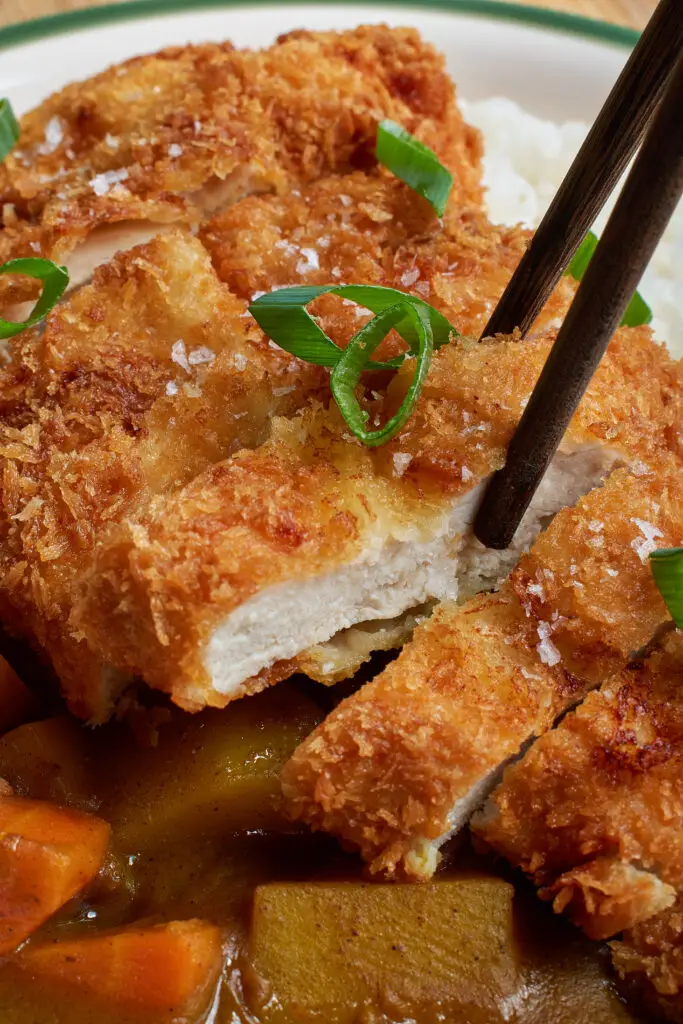
Why Will This Japanese Katsu Curry Recipe Work?
- The recipe uses fried chicken breast so the chicken will remain juicy and tender
- Since we are frying our chicken breast in panko breadcrumbs, it will bring out a light and airy texture
- Your homemade Japanese curry roux will give you a unique flavor, but also the store-bought one will work fine
- You can make different types of Japanese curry, starting from a mild level to a hot level or spicy
- You can replace the chicken with tofu if you are vegetarian
How to Store and Reheat Japanese Curry
Japanese curry is a perfect dish to cook in bulk and enjoy later. However, you will need to use the right storage and reheating instructions.
1. Storage
Storing instructions will differ depending on how long you plan to enjoy the chicken katsu curry. However, I advise against making the chicken cutlets in advance as they could get soggy.
a) 24-48 Hours
If you plan to enjoy your Chicken katsu curry leftovers in the next couple of days, you can allow them to cool. After it cools, store it in a sealed container and keep it in the refrigerator or in the pot you used to cook them.
b) 48 Hours +
If you are looking for more long-term storage and are not planning to finish the Japanese chicken katsu curry within two days, there is better storage. Transfer the curry sauce to a sealable glass container and avoid plastic because it can easily get stained.
Remove the potatoes from your Japanese curry because potatoes don't freeze well in curry sauce and will, most of the time, fall apart. After all, your chicken katsu curry could be in your freezer for about a month.
2. Reheating
Reheating your chicken katsu curry differs depending on how you have stored it.
a) Refrigerated
If you stored your chicken katsu curry in the same pot you cooked with, simply return your pot to the stove. Alternatively, you can bake your curry in the oven if your dish is ovenproof, which will take about 15 minutes at 160°C or 320°F. You should keep your lid on to prevent the meat from drying out.
On the other hand, if you put chilled curry sauce in the containers, you should microwave it for about three to four minutes and ensure you stir every minute.
When reheating the chilled Japanese curry sauce, you can add some water to your curry because the roux will thicken when cooled down and will not lose its taste.
b) Frozen
The easiest way to reheat frozen Japanese curry is to microwave it. If you have time, you can defrost it first, but it doesn't have a difference in taste; it only will need more time. If you microwave directly from the freezer, it will take about 6-8 minutes, and you should ensure you stir it every minute after the first three or four minutes.
When reheating the Japanese curry in the microwave, the outer part of your curry might get heated first and start bubbling even when the center frozen. Mix occasionally to speed up your defrosting and heating process.
The chicken katsu curry tastes better when reheated in the oven since it maintains its texture. Preheat your oven to 200°C/400°F and then bake, but if it is getting defrosted, it will take longer. Alternatively, you can microwave your curry for a few minutes, then put it under a toaster or grill to achieve a crispy cutlet outside.
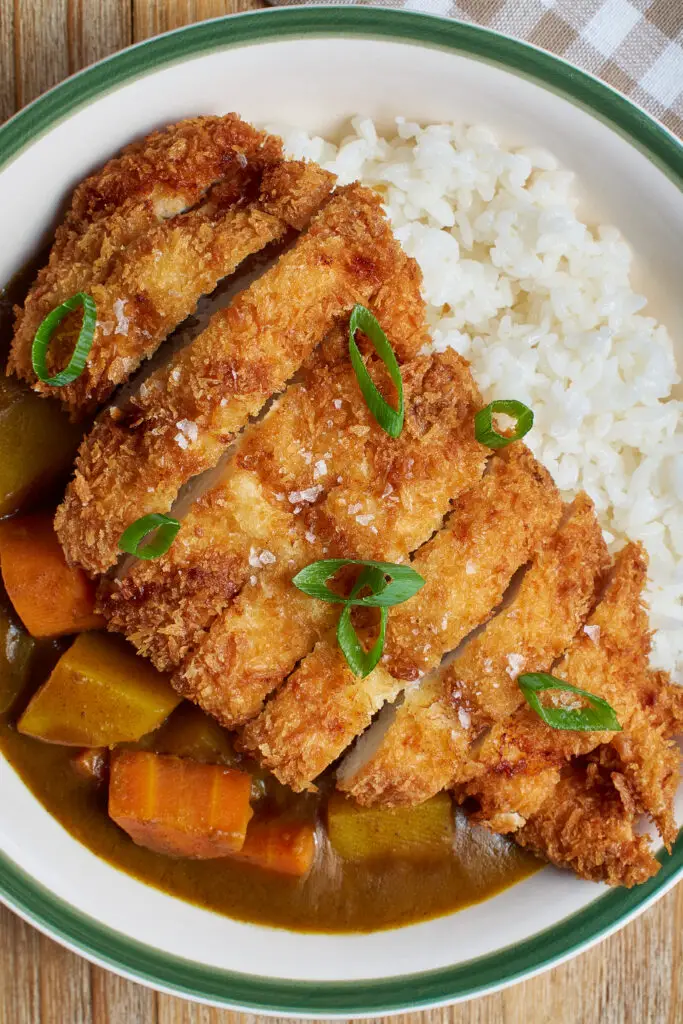
Is It Better to Buy Japanese Curry Roux or Make Your Own?
This depends on personal preference. Making it from scratch could be more delicious because you could use different spices according to your liking.
Depending on where you live, pre-made curry blocks may not be so easy to find. Therefore this recipe is accessible to almost everyone in any city.
Tips for Making Japanese Curry
- If your oil starts smoking, add extra oil to your pot and slightly reduce the heat.
- If you don't have chicken breast, you can also use chicken thighs which some people prefer because they are more juicy.
- The amount of curry roux and the water needed to get the best consistency depends on how long you simmer it for. Add water or simmer longer to adjust.
- If the chicken katsu curry is too thin, continue to simmer and stir periodically until you get the desired consistency.
- Cut your carrots and potatoes smaller if you want the flavor to seep in more.
- When making this for kids, use mild curry powder.
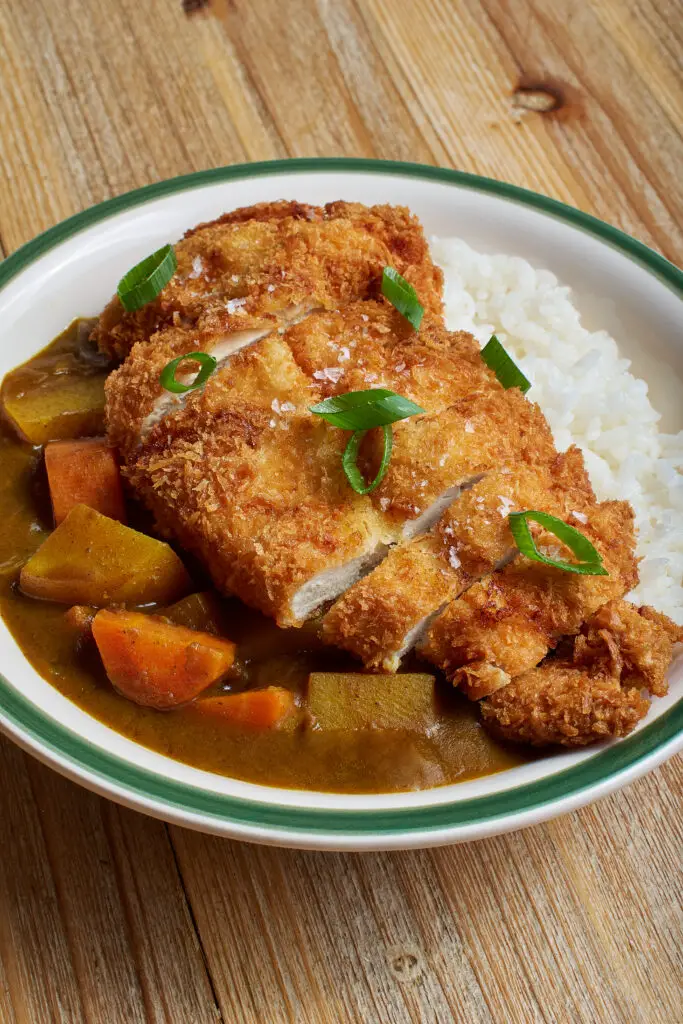
Frequently Asked Questions about Japanese Katsu Curry
1. Which is better between Indian, Thai, and Japanese curry?
Both curries are different and have their unique character and flavor. They are also cooked differently, and the better one will depend on personal preference.
Japanese curry is a great introduction to the curry world in a less intimidating way since it has all the flavors of traditional curry sauce. However, if you want a full-on authentic experience, Indian curry offers the best flavors and spices.
2. Can you bake your chicken katsu?
Yes, you can bake it, but you will get a different result from the deep-fried one. The outcome will be drier and less crispy. Still, if you own an air fryer, you can air fry your chicken cutlet coated with panko breadcrumbs. Spray the cutlet with some oil before airfrying.
3. What are the different types of katsu?
a) Tonkatsu
Tonkatsu is the main type you will find in Japanese restaurants, and it's made with lean pork tenderloin called hire-katsu. However, in Japan, you will find that premium Tonkatsu is made with Kurobuta, a Japanese black Berkshire pork.
There is also another variation that uses a fatty pork cutlet called rosu-katsu. This contains fat layers that add to the katsu flavor to give you a juicy cutlet.
b) Menchikatsu
This type of katsu is made using a minced meat patty like in a burger, only that it has been breaded and then deep-fried. However, some variations use ground pork or a mixture of ground beef and ground pork which are also popular.
c) Chicken Katsu
Chicken katsu is what we have used in this recipe, and it's made with boneless chicken cutlets or a butterflied chicken thigh for the people who prefer a juicier chicken cut. It is among the most popular type as many people think it's a healthier version.
d) Gyukatsu
This dish is made with beef cutlets, but it's not common in America. Nevertheless, you can use sirloin or beef fillet to make your meal at home easily.
e) Salmon Katsu
As its name implies, the simple salmon is breaded in panko breadcrumbs and deep-fried. You can also make it using whitefish.
More Recipes
Matcha White Chocolate Frog Donuts
Brown Butter Matcha Rice Krispie Treats
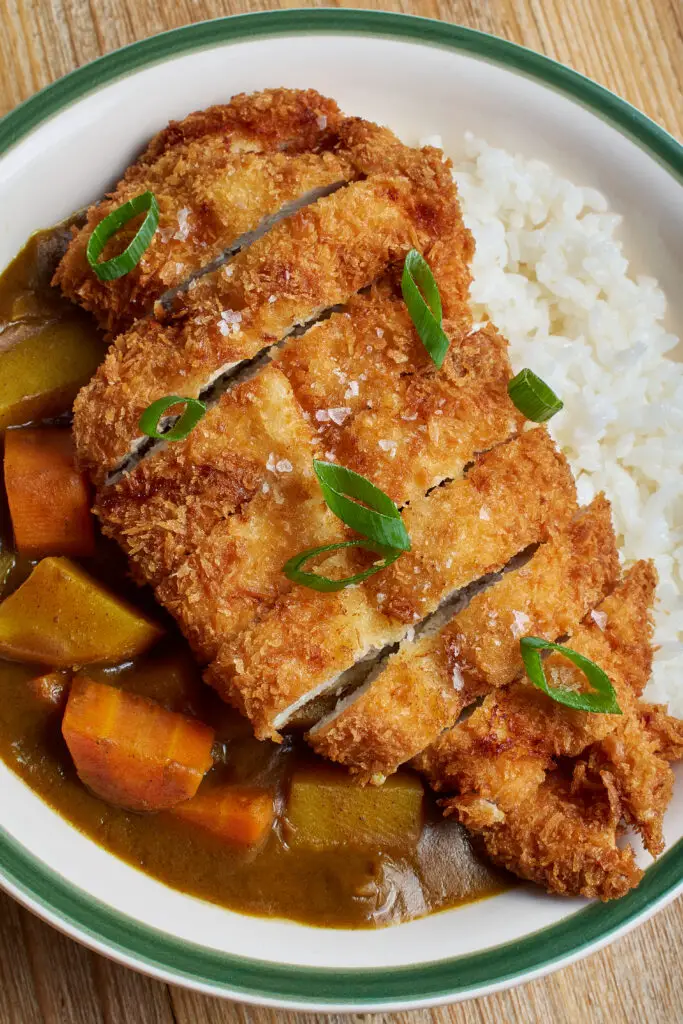
Easy and Quick Japanese Chicken Katsu Curry (カツカレー)
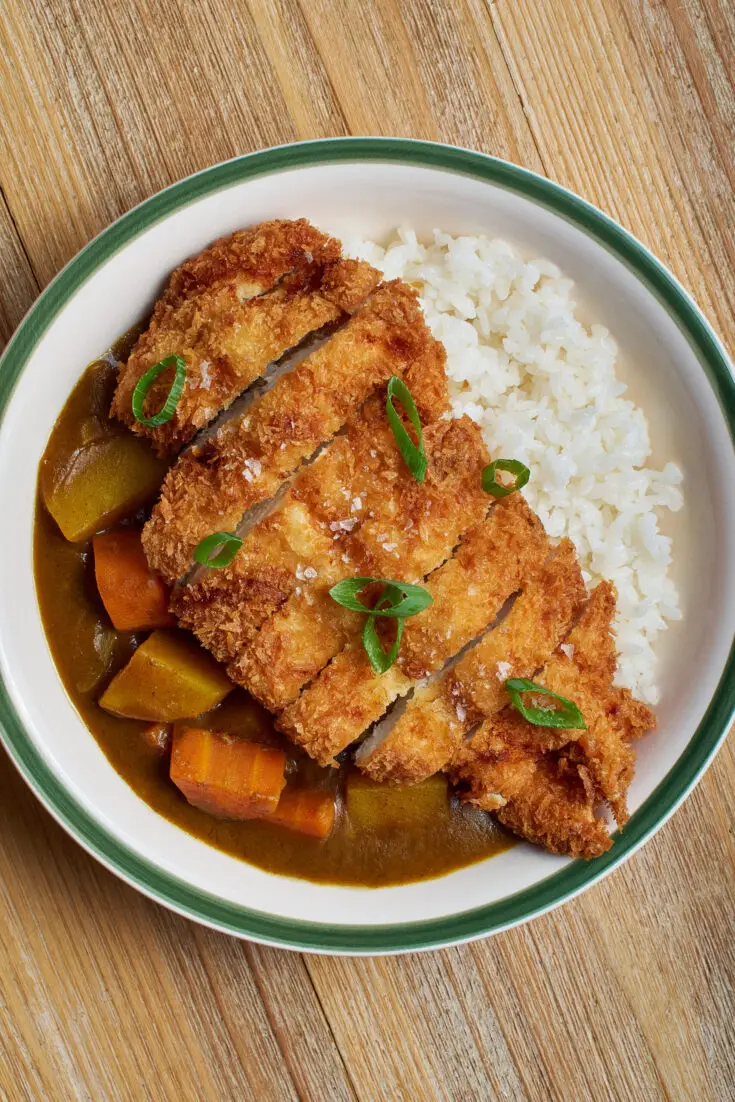
Ingredients
Curry Roux
- 3 ½ tablespoon butter (50g)
- ¼ cup flour
- 3 tablespoon curry powder
- 1 teaspoon chili powder optional
Curry sauce
- 2 tablespoon vegetable oil
- 4 cloves garlic
- 1 onion (80g)
- 1 tsbp soy sauce
- 1 teaspoon sugar
- 1 teaspoon vinegar
- 2 cups chicken stock (500ml)
- ½ cup apple juice
- 2 potatoes (400g)
- 1 carrot (150g)
- Salt
Chicken Katsu
- 2 chicken breasts
- 2 cups panko
- 1 egg
- ¼ cup flour
Instructions
- To make the curry roux, melt butter over medium heat, then add flour. Cook the mixture until brown. Stir in curry powder and cook for another 5 minutes. Transfer to a small bowl and set aside.
- Cut potatoes and carrots into medium chunks. Mince garlic and finely dice onions.
- To make the sauce, sauté garlic and onion for 5 minutes. Add curry roux and mix evenly. Add chicken stock, apple juice, sugar, vinegar, soy sauce, potatoes, and carrots. Simmer for 1 hour or until thickened. Season with salt.
- Prepare the chicken breast by pounding it into an even 1cm thickness. Set up your breading station with pans of beaten egg, panko breadcrumbs, and flour seasoned with salt and pepper.
- Dip each breast into flour, then egg, and finally into the panko breadcrumbs. Immediately fry until golden brown. Serve with curry sauce and rice.


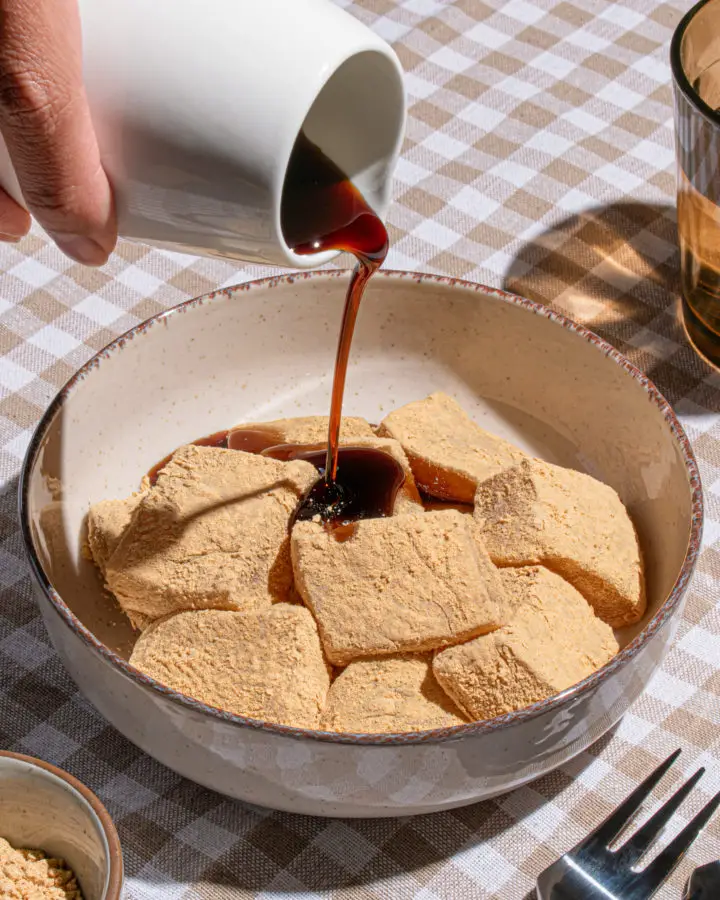

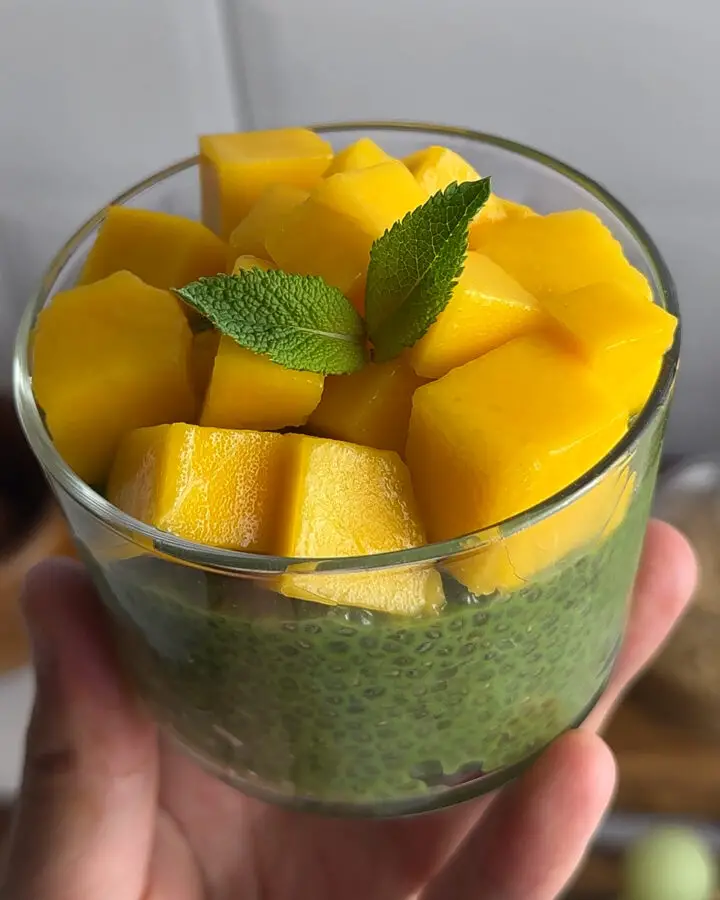
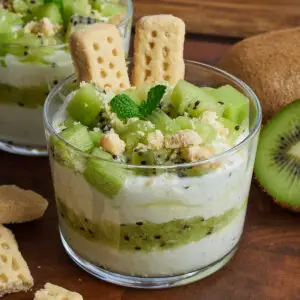


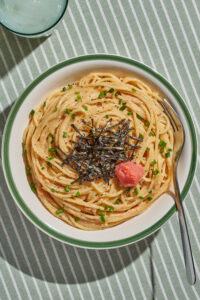
Comments
No Comments